This is the week I hope to be kayaking in a lake with the world’s only fresh water sharks, amidst volcanos, islets, and prolific birdlife as part of Austin-Lehman Adventures’ compelling flagship tour in Nicaragua. To prepare, I contacted fellow Explorer’s Club member Alan Feldstein who teaches kayaking in the Pacific waters of Los Angeles, and leads a company that offers customized water safaris via kayaks in Tanzania, Africa—Infinite Safari Adventures(More on Feldstein’s other colorful ventures below.). He shares some tips and trips with me and Luxury Travel Mavens readers:
What is “luxury kayaking”?
Feldstein: “Most kayak trips, which I have done and love to do, involve paddling to a remote site with your gear in the boat, setting up camp, and then paddling the next day. Us aging boomers are less into camping so the better way is to paddle to a lodge or paddle to and from a comfortable wonderful lodge with nice beds, hot showers and great meals.”
What does it take to be a kayaker? How does it relate to health?
Feldstein: “Kayaking is a great sport for active people who do not want high impact. Anyone can kayak and our trips are offered with no experience necessary. General good health is all that it takes. You use your core and are not putting stress on knees, hips and other joints.”
What are your five best tips for “good” kayaking?
Feldstein: “Have good equipment, have guides who are certified and know what they are doing, eat and hydrate well before paddling, and remember ‘the journey is the destination’ so go out and enjoy, and do not worry about how far or fast you paddle. It is that Zen rhythm you get into when paddling that I enjoy so much.”
How do you recommend someone prepare for a kayaking trip? Any advance physical training? Anything special to pack?
Feldstein: “If you have never kayaked before, it would be if possible to take a lesson or introductory course. Otherwise that is one of the great things of kayaking – anyone can do it. There are techniques to learn but anyone can paddle with out them. We provide everything so the only thing you will need is a pair of waterproof shorts, shirts and shoes, a hat, some sunglasses and sunscreen, and a desire to have fun!”
How is kayaking different than canoeing or rowing? Why do you prefer it?
Feldstein: “I tease my friends who are rowers that they look at where they have been. We look to where we are going! Canoeing is similar, but I feel more comfortable in a kayak, because I am more connected with my boat.”
What inspired you to start a safari company and include kayaking?
Feldstein: “My story of how I started my safari company, which has now expanded beyond kayaking, and offers traditional wildlife safaris as well as other adventures including climbing Kilimanjaro, scuba diving in Zanzibar and tracking chimps, is born from my love of Africa and kayaking.
In 2000, I made my first trip to Tanzania. It was during that trip that I fell in love with Africa and everything about it – the people and their culture, the animals, the natural beauty. The first time a giraffe bent her graceful neck to peer into the vehicle window – well, she had me at jambo (Swahili for hello).
The trip left quite an impression on me. I dreamed about returning. In 2005, I made another trip to Tanzania to try new adventures — climbing Mt. Kilimanjaro and tracking wild chimpanzees in the Mahale Mountains. While “chimping” at Mahale, I met Steve and Teena, who managed the beachfront lodge where I and my wife were staying. Steve and I discovered we shared a passion for kayaking, and much to my surprise, Steve produced an aging boat and makeshift paddles so I could go for a paddle on Lake Tanganyika.
A few years later, I brought my children to Tanzania, and they too fell in love with Africa. Steve organized our safari. I wanted to include kayaking on the trip, but there were no kayaks available in Tanzania, so Steve custom built two beautiful fiberglass boats. He and I became the first to paddle the warm waters of the Indian Ocean off the coast of Tanzania.
During that trip, I thought about what makes a safari a great one from a good one. I also thought about how to incorporate kayaking, and much more. I believed that many other adventurers from around the world would enjoy the same exceptional experience. From that dream, Infinite Safari Adventures was born.”
When are your upcoming trips?
Feldstein: “We only do custom trips, so they can be done anytime people are ready to do them!”
Any good kayaking related stories from past trip?
Feldstein: “My last trip was a family of 11 – grandparents, adult kids, 2 grandkids, and an 80-year-old friend from Japan. I loved the fact that we took the grandfather, his son and granddaughter on a paddle one day. She was so proud of kayaking with the adults (she did great), and it was a great bonding experience for the whole family.”
What’s your personal favorite “luxury” trip that you have been on?
Feldstein: “Of course my favorite are my trips, but my next one was paddling in Halong Bay in North Vietnam.”
What is on your bucket list for future “bucket list” Luxury travels (with or without a kayak)?
Feldstein: I spend so much time traveling to Africa. If I had time, I would like to go to South America – anywhere.
Pampered Paddling
Thanks Alan! I would also love to try kayaking just about anywhere beautiful on every continent. In North America, I’ve savored kayaking while on American Safari Cruises (now Un-Cruise Adventures). They lower kayaks off their yachts for memorable paddling and pampering experiences in the Inside Passage of Alaska, Hawaii, and Sea of Cortez, Mexico.
Now I head to the largest country in Central America to dip into Lake Nicaragua! I will remember to stay hydrated, and hope to see and photograph monkeys on the islands, the world’s only freshwater sharks, and the volcanic landscapes, but will remember that phrase “the journey is the destination.”
For more on kayaking (and ashboarding?) in Nicaragua, you can “follow me” at @ExploreTraveler and other adventurers @AustinLehman. To plan your own paddling journey in Africa, you can contact Feldstein via his website.
—Lisa TE Sonne for Luxury Travel Mavens
-Photographs by Alan Feldstein, except for the one of him.
Feldstein’s bio, provided by him: In addition to paddling and teaching kayaking, Alan Feldstein has paddled all over the world, including California, Baja, British Columbia, Cape Cod, Hawaii, Turkey, The Hudson River, Vietnam, West Africa, Lake Tanganyika, and was one of the first people to kayak and explore the coast of Tanzania. Alan is also an avid nature photographer whose work has appeared in Wavelength Magazine, the Los Angeles Times, and the paddling.net calendar. In addition, Alan has traveled extensively throughout the world. He is a member of the Adventurer’s Club of Los Angeles and Southern California Chapter Chair of the Explorer’s Club. He also sits on the board of Trustees of the Cheetah Conservation Fund. Most importantly he is the Owner and Founder of Infinite Safari Adventures.

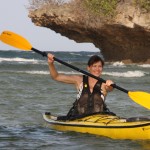

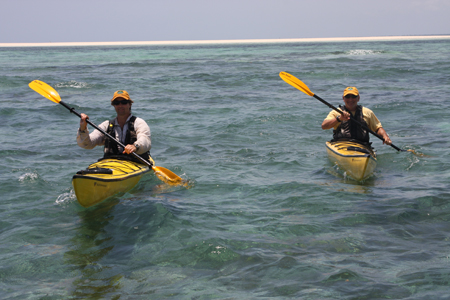
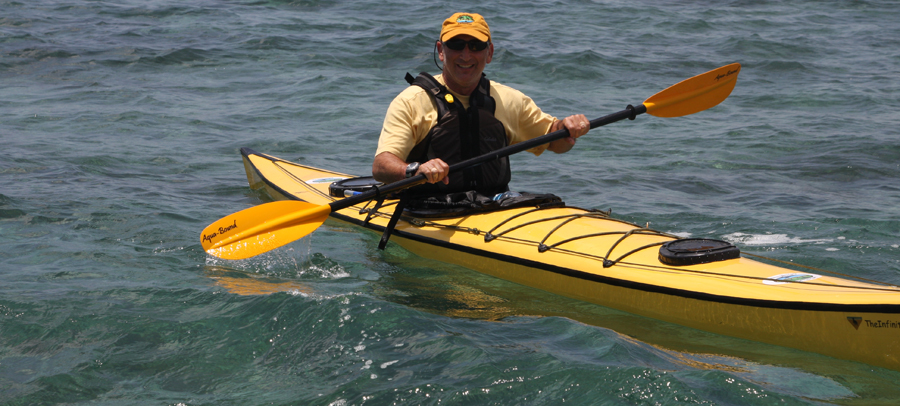
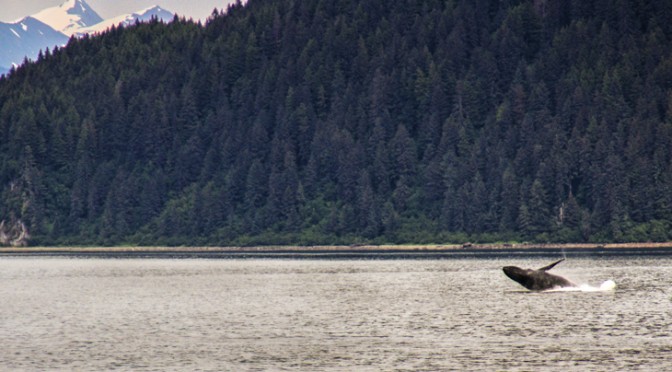






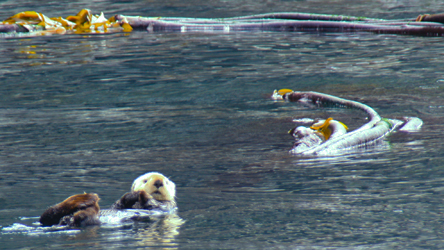
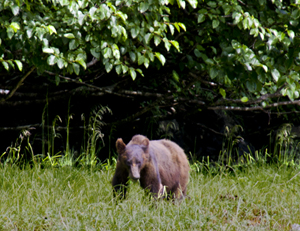
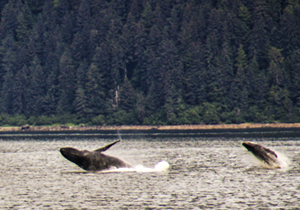
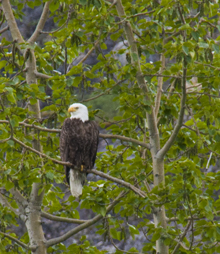
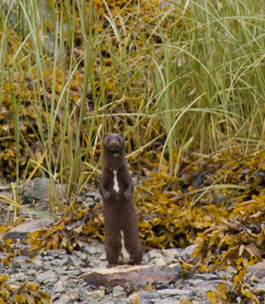
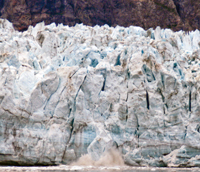
Recent Comments